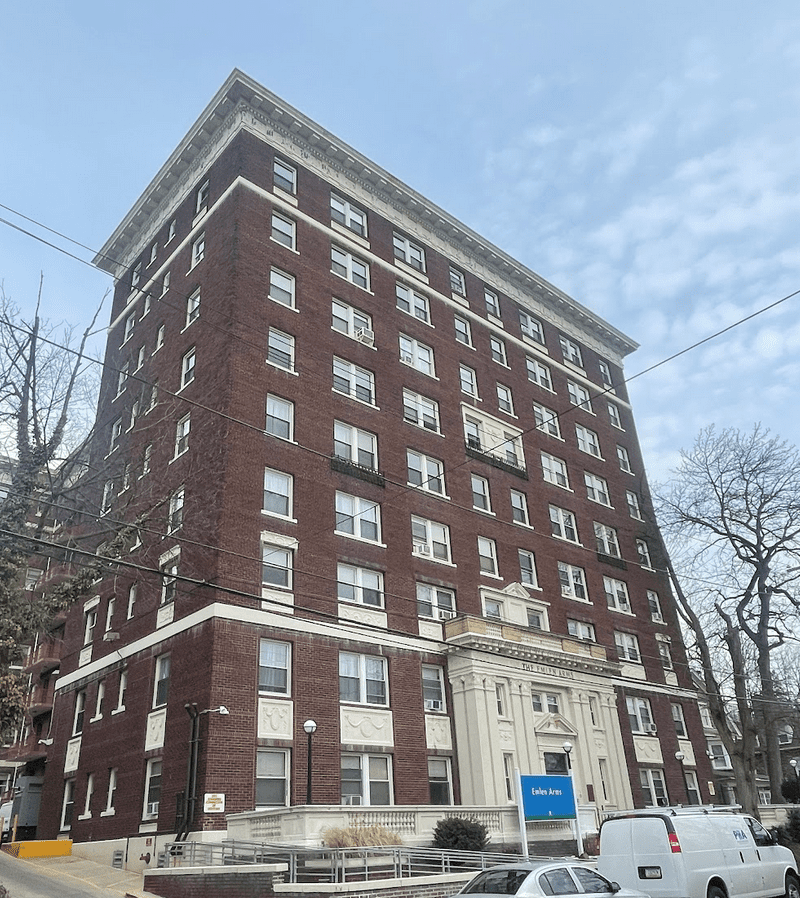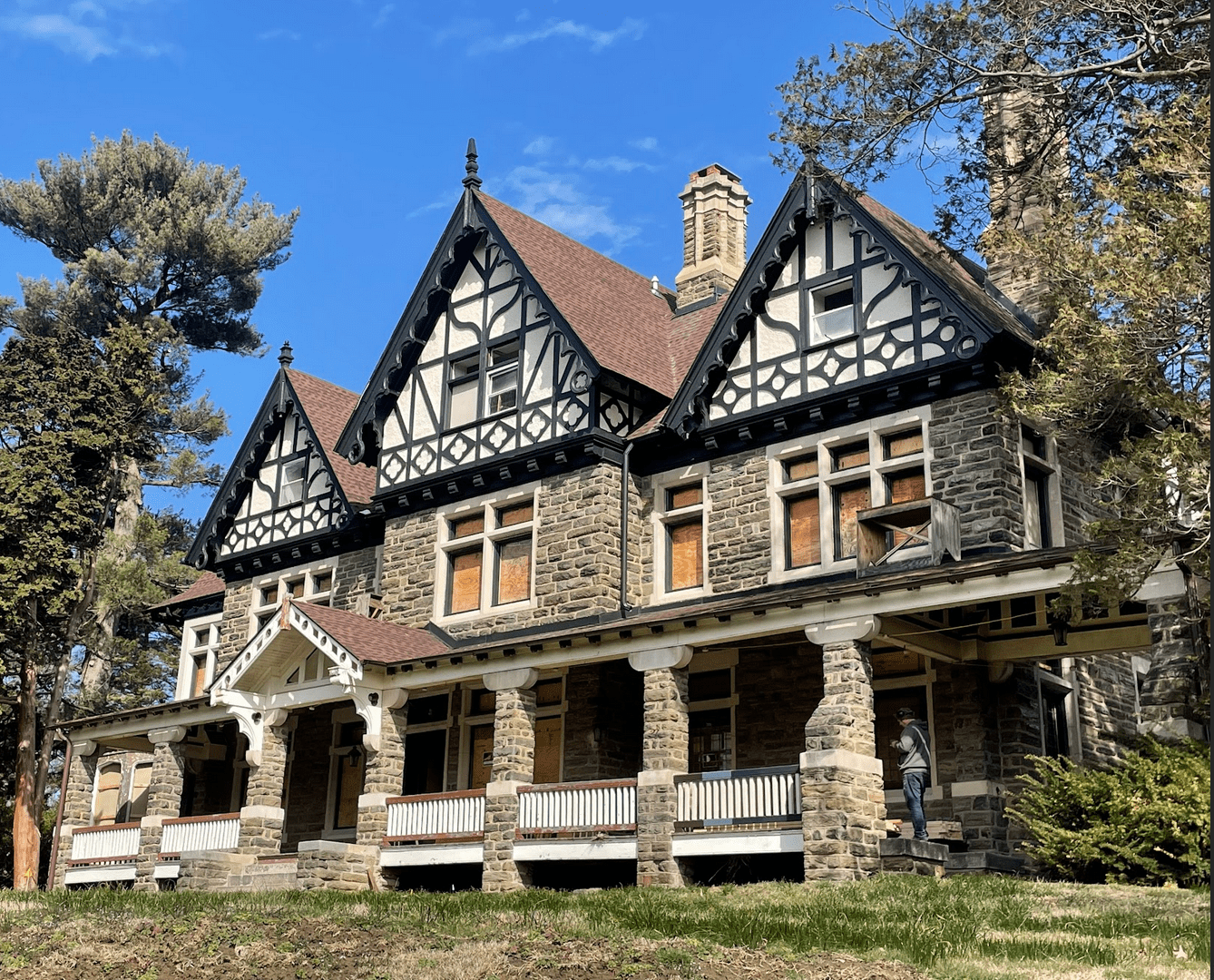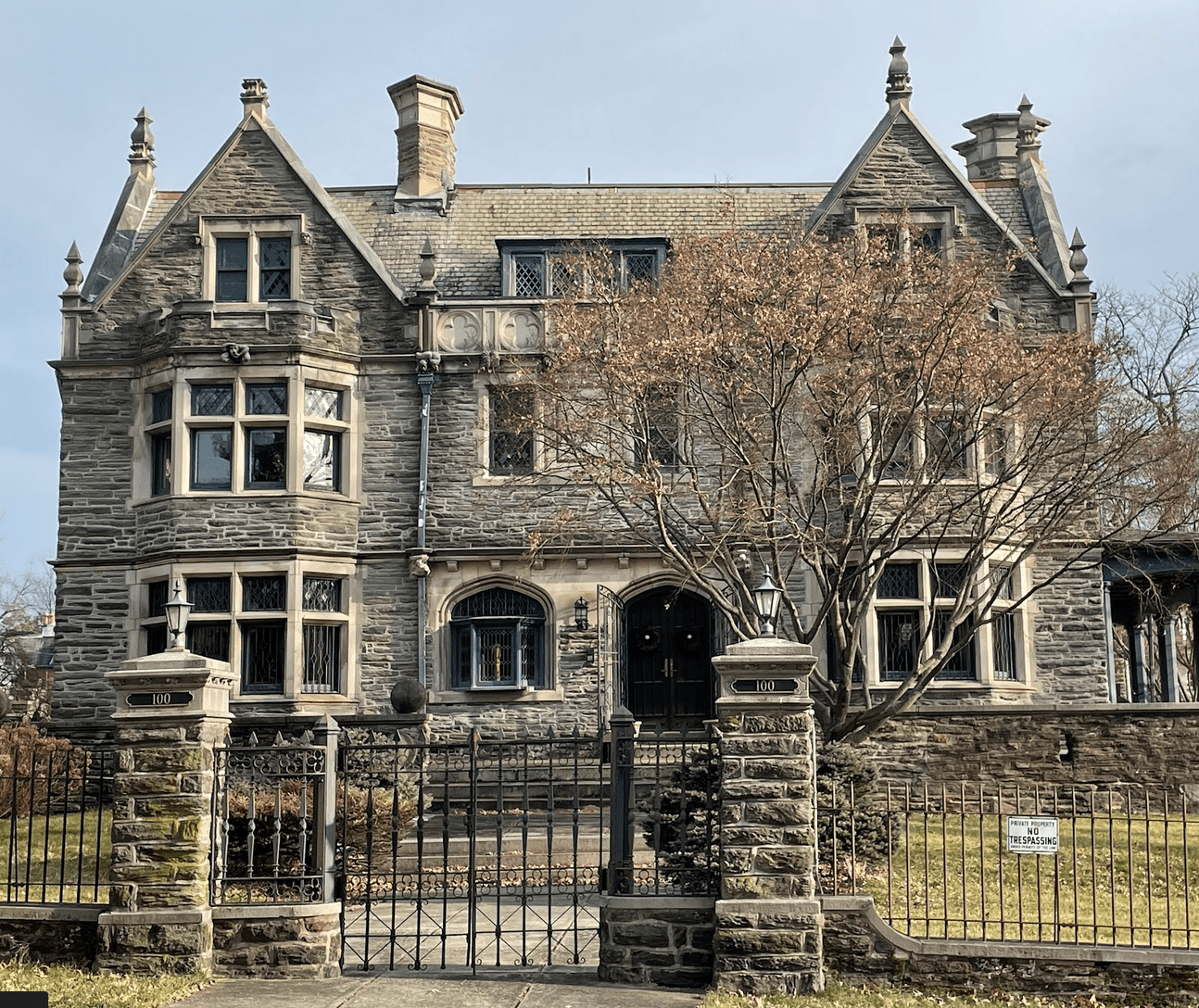Historic Designation – what is it?
Historic preservation aims to protect historic resources both now and for the future. This is often realized through the process of historic designation, which is when a building(s) or other historic resource is placed on an official list and is regulated by an authorized body. Here in Philadelphia, there are two levels of historic designation available: the local designation (Philadelphia Register of Historic Places) and the national designation (National Register of Historic Places). Both of these registers offer different benefits and different levels of protection, which are outlined below. WMAN’s Historic Preservation Initiative is pursuing both the local and national designations for the Pelham Historic District.
Local Designation:
Philadelphia Register of Historic Places
The Mayor and City Council created the Historical Commission by an ordinance passed in 1955. The Commission bears the responsibility for the designation as historic of buildings, structures, sites, objects and districts of historical and architectural significance in Philadelphia. These are described as “public necessities and are in the interests of the health, prosperity, and welfare of the people of Philadelphia.” The Commission maintains the Philadelphia Register of Historic Places, reviews nominations for new historic designations, and reviews building permits for existing designations. It also offers technical assistance and guidance to the public with all services free of charge. The ordinance was amended in 1985 to allow for entire districts to be placed on the Register.
National Designation:
National Register of Historic Places
Authorized under the National Historic Preservation Act of 1966, the National Register is part of a national program to coordinate and support public and private efforts to identify, evaluate, and protect our historic and archeological resources. The National Register is administered by the National Park Service. One way historic places are nominated to the National Register is by the State Historic Preservation Officer (SHPO) of the state in which the property is located. Nominations by states are submitted to a state review board, composed of professionals in the fields of American history, architectural history, architecture, prehistoric and historic archeology, and other related disciplines. The Bureau for Historic Preservation at the Pennsylvania Historical and Museum Commission in Harrisburg oversees the National Register in Pennsylvania.
While the criteria for nomination are largely the same for both designations, there are some differences when it comes down to what it means for a building to be listed as historic. The table below outlines these differences and demonstrates why pursuing both designations maximizes the available benefits.
Benefits of Preservation
Historic preservation is just one part of the puzzle in building the fabric of neighborhoods, but it is an important one that can have a positive impact in many ways.
Economics
- Many travelers seek out cultural and historic activities on their trips, including heritage tourism. Those who engage in heritage tourism tend to spend up to 38% more per day and extend their overall stay by 22% compared to other types of travelers.
- Historic downtown areas attract shoppers and may generate higher tax revenues. Tax credits incentivize investment in historic buildings, and those efforts in historic preservation offer an excellent rate of return. As cities continue to move away from being manufacturing centers, adaptive reuse and sensitive restoration can lead to economic revitalization.
- Property values tend to increase. At the same time, preserving smaller historic structures or supporting the subdivision of larger properties can stabilize the availability of housing at lower price points.
- Jobs & local economy: $1 million spent on rehabilitation will create more jobs and keep more money in the local economy than the same $1 million spent on new construction.

Environment
- Carl Elefante, former president of the American Institute of Architects, said “The greenest building is the one already built.” Retrofitting an existing building is even more environmentally friendly than building a modern, “green” building, which can take 10-80 years to balance out the negative climate impact from its construction.
- Debris from construction and demolition ends up in landfills, and research shows that salvaging materials alone does not counteract this environmental impact.
- Traditional materials are generally durable, and the continued maintenance of historic buildings and features relies on local craftsmen rather than replacement parts.

Sense of Place / Quality of Life
- Historic buildings and neighborhoods foster a distinct sense of identity and community pride.
- One of preservation’s most obvious advantages is that it creates more attractive places to live and work.
- Historic districts tend to be more walkable and bikeable.

Sources:
Preservation Alliance Historic Preservation Resource Guide
https://www.phila.gov/departments/philadelphia-historical-commission
https://www.nps.gov/subjects/nationalregister/index.htm
https://www.nps.gov/orgs/1739/sustainability.htm
The Economic Benefits of Historic Preservation Activities in Pennsylvania
https://www.mytravelresearch.com/culture-and-heritage-tourism-boosts-visitor-economy
https://www.achp.gov/heritage_tourism
The Economic Benefits of Historic Preservation in New Jersey
Twenty-four Reasons Historic Preservation is Good For Your Neighborhood


